MOSCOW — In a Stalin-era former communications center just yards from the Kremlin, locals recently enjoyed a food festival that wouldn't have been out of place in Brooklyn.
U.S. and EU sanctions against Russia both rattled the country's economy and triggered President Vladimir Putin's retaliatory ban on Western food imports.
Yet this swath of central Moscow, encompassing neighborhoods known as Patriarch’s Ponds and Nikitskiye Vorota, is an enclave of increasingly concentrated hipsterdom.
It’s an area that appears removed from the Russia of Putin’s rhetoric or the Kremlin’s international isolation, and shudders in collective indignation when a harsher reality intrudes.
“I call Patriarch’s area the expat ghetto, there's no other place in Moscow where you can hear as much English as there,” says Andrei Muchnik, food and culture critic for The Moscow Times. “So it's only natural that this neighborhood has the highest concentration of places that became characteristic of the recent ‘culinary’ revolution.”
In Moscow, "expat" encompasses both foreign nationals and Russians who have their feet in both worlds. The neighborhood, with its pre-revolutionary mansions, cozy streets and European feel draws Russians who have lived or studied abroad, such as the children of wealthy businessmen or bureaucrats.
“People get used to everything, but they still need to eat and drink.”
Now wine bars, craft beer joints, gastropubs, farm-to-table restaurants, organic grocery stores, artisan French patisseries and retro-hip barber shops fill the streets.
Skuratov, a Fairtrade coffee shop run by ambitious transplants from Siberia, is decorated with a reproduction of Andy Warhol’s Mao and a tapestry embossed with the words “Siberia, Island of Freedom.”
By Patriarch’s Ponds, local residents push state-of-the-art baby carriages and pull Pomeranians along recently-widened sidewalks. Diners spill out of restaurants such as Uilliam, which rules over the scene with its floor-to-ceiling windows flung open.
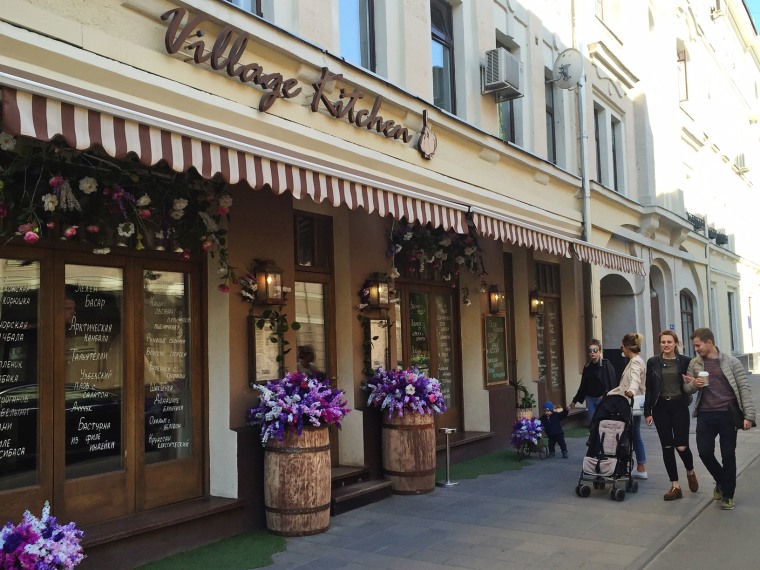
As spring unfolds, cyclists are filling the bicycle lanes that have appeared as part of urban improvement programs pursued by the Moscow’s city government which has commissioned European experts for advice.
These programs flourished under Sergei Kapkov, a progressive bureaucrat who served as Moscow city culture czar from 2012-2015 before being pushed out as the Kremlin rolled back liberal initiatives in the wake of the annexation of Crimea and war in eastern Ukraine.
Some of his efforts continue — the price the government pays for keeping the creative class, which showed signs of revolt following disputed parliamentary elections in 2011, in check.
Related: Falling Oil Prices, Plunging Ruble Hit Regular Russians Hard
On one of Moscow’s first sunny days last month, Kapkov could be spotted strolling one of the neighborhood streets with a big smile.
Yet, there are murmurs of discontent in the neighborhood: a clerk at a small grocery store that sells green tea noodles and Russian chocolate (wrapped in craft paper) worries that he won’t be able to afford to keep up with his once-regular trips to the U.S.
Leonid Kosals, a professor of sociology at the Higher School of Economics who also lectures at the University of Toronto, highlights a growing dissonance.
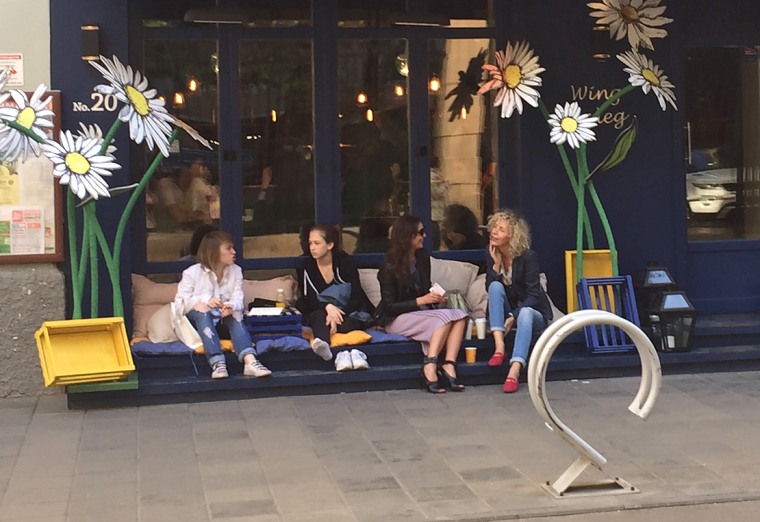
On the one hand, he said, Moscow is modernizing daily “in spite of any crisis and turmoil,” with public bike rentals, streamlined public services, and polite drivers who let pedestrians pass — unheard of a decade ago.
On the other hand, Russian state media paint an Orwellian picture of a nation facing nuclear threat from evil enemies and protected only by its powerful leader.
“This inconsistency between daily modernization and xenophobic and aggressive state propaganda begets a huge cognitive dissonance ... when people lose moral guidance and find themselves in an uncertainty, paralyzing any plans for a future,” Kosals said.
“It seems that sooner or later the first or the second trend will win and I am not sure that the modernization will be the winner.”
For now, noshing and shopping continue.
On a recent night at the Moscow Omnivore festival, held in an ex-Stalinist space that has been rechristened DI Telegraph and turned into a brick-walled industrial chic co-working and conference venue, a long-haired female DJ in T-shirt, skinny jeans and sneakers blasted techno music while hordes of local foodies descended, mingled and dined.
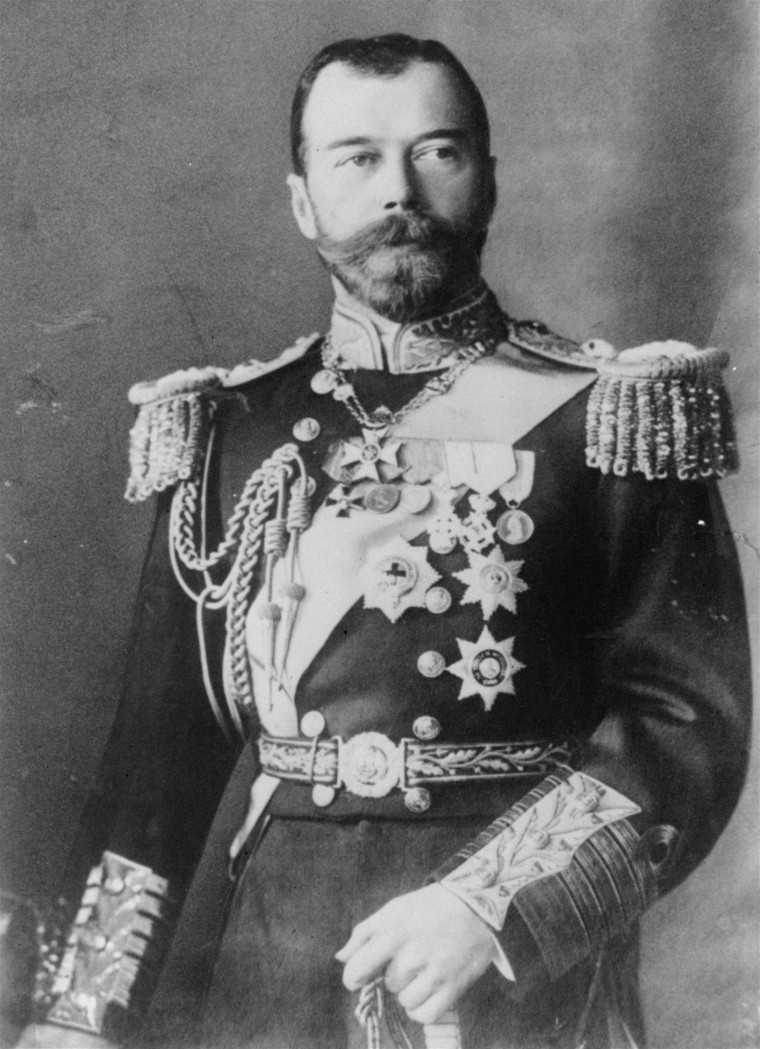
Stalinist architecture adapts readily to the loft aesthetic, as do many young Russians. Men with hipster beards look like they’re impersonating Nicholas II, Russia’s last czar.
Women have abandoned the plunging necklines and towering heels that were meant to lure oligarchs in the oil-boom years. Russian fashion and social commentators note that, even at the highest levels, the glamor of Gucci has given way to the subtler luxury of cashmere purveyor Loro Piana — a brand in which Putin has been spotted working out.
Taku Sekine, the trendy Japanese chef from Paris’ Dersou, was so taken with Moscow Omnivore and the Russian capital’s food scene that he wrote about the "inspiring city plus chill" on social media.
Moscow chefs have adapted cleverly to the cheese shortage brought on by the import ban.
Luigi Magni, the Italian chef at Pinch, a gastropub that opened last year near Patriarch’s Ponds and is packed to overflowing on weekends, makes his own ricotta and served a melt-in-your mouth ricotta ice cream with fresh basil and extra virgin olive oil at Omnivore.
Among the treats at other stands were Crimean sparkling wine, served by bartenders in shirts made of flowered fabric resembling traditional Russian women’s scarves, and buckwheat chips.
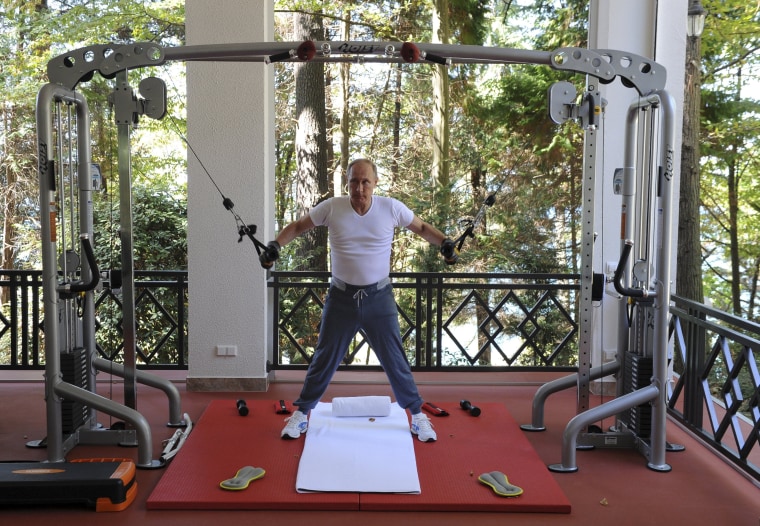
Michelle Michalenko, chef at the U.S. Embassy in Moscow, is a fan of Magni and Pinch and many neighborhood restaurants. She described Magni’s menus as “compact and seasonal” and said his “ricotta is delightful and anchors several of the dishes from savory to sweet.”
Twins, down the street from Pinch and run by twin brothers Ivan and Sergey Berezutskiy, “has a gorgeous summer terrace and a creative menu” and offers “creative Russian dishes that delight and inspire,” Michalenko said.
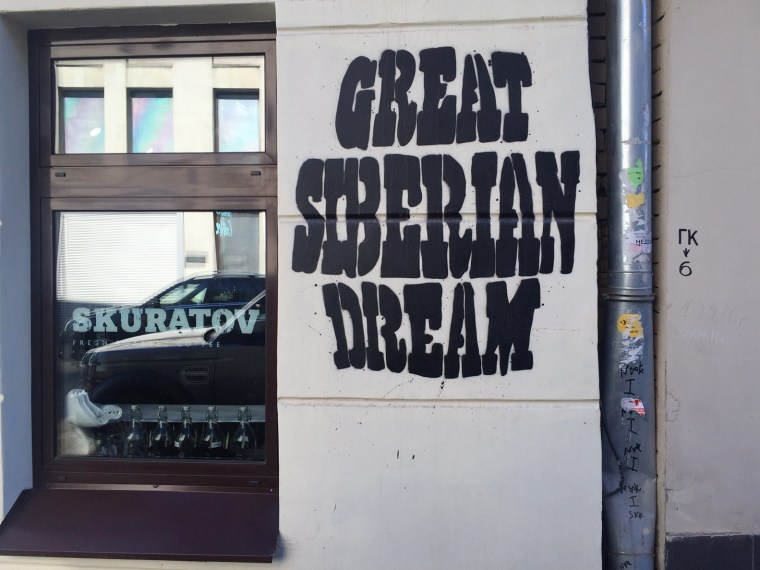
Further down, on Bolshaya Nikitskaya, near several theaters, the Moscow Conservatory, and just opposite state news agency Tass, strapping chef-restaurateur Dmitry Zotov has his flagship pizza restaurant, Zotman. He serves thick-crust pizzas inspired by visits to family-run Neapolitan pizzerias in Brooklyn and to Mario Batali, Joe Bastianich and Nancy Silverton’s Pizzeria Mozza in LA.
Zotov, who said he loves the energy of his Moscow neighborhood, has created a signature garlic and anchovy dipping sauce for the crusts left over from the pizzas, which have toppings such as lamb and suluguni, a Georgian cheese, so nothing goes to waste.
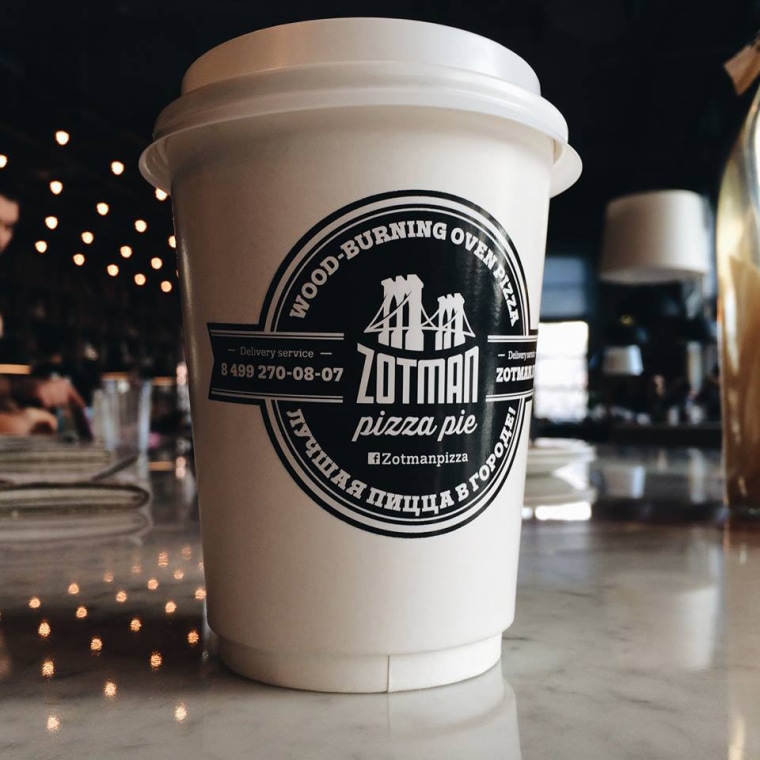
He cooks around the import ban, focusing on domestically-produced ingredients and says that Moscow restaurants have trended in the past five years towards “small and very inexpensive” venues that are “in spirit, style and purpose like those of Brooklyn and Williamsburg.”
After an initial shock at the peak of the ruble crash, the restaurant business suffered, but the situation has stabilized, he said.
“People are [like] an animal that gets used to everything after four months,” Zotov said. "People get used to everything, but they still need to eat and drink.”
